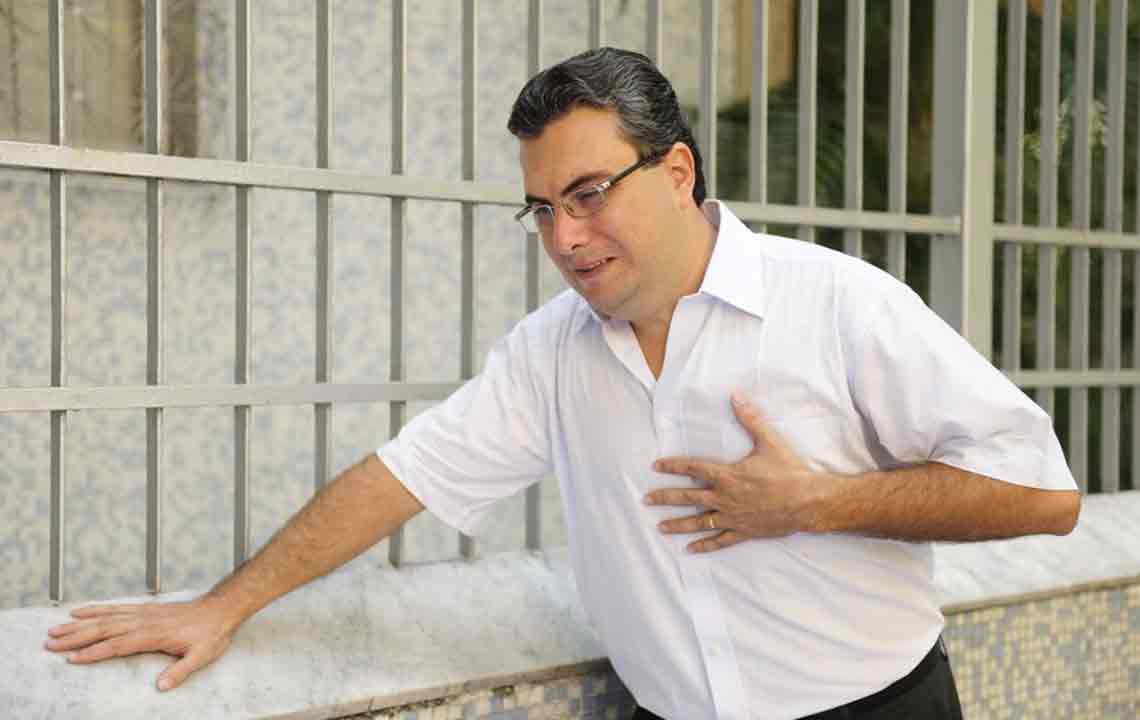How to Recognize the Early Stroke Symptoms
How to Recognize the Early Signs of Stroke
A stroke can seem like a bolt from the blue, but in hindsight, one can plainly see all the early signs! Stroke is known to be the fifth leading cause of death in the USA and also the most significant contributor to long-term disability. If identified in time one can prevent a severe stroke and get treated for the underlying cause.
Usually, a person suffers from a mini-stroke known as the TIA or Transient Ischemic Attack before a major stroke.

What are the early signs of a stroke or a TIA?
The most common way to remember the early signs is the acronym F.A.S.T. It is recognized and recommended by doctors all over as guidelines to understanding the early symptoms of stroke.
- F – Face – The face starts to droop on one side. The person cannot smile or has a lopsided smile
- A – Arms – The person can experience numbness or pricking in the arms. If unsure you can ask the person to lift both their arms, if they cannot lift even one or both arms, or appear to be unsteady then it is a warning sign
- S – Speech – The person experiences difficulty of speech. There is slurring, and it can also exaggerate because the face too drops on one side
- T – Time – Time is crucial during a stroke. The attack is an emergency, and you need to call 911 or your local emergency room or hospital immediately
Apart from these symptoms, there are also other signs that can indicate a stroke. Some experts like to add these to the acronym and make it B.E.F.A.S.T –
- B – Balance – The person may experience a loss of balance or coordination; it can also appear as a bout of dizziness
- E – Eyes – The eyes are immediately affected by the stroke; the person can even suffer from temporary blindness known as TMB or Transient Monocular Blindness
Often the symptoms of TIA disappear, and the person or someone who has witnessed the signs will need to describe them to the doctor. The TIA is not fatal nor does it cause permanent damage to the brain. However, if the TIA is untreated, it can lead to a full-blown stroke which can be fatal and result in long-term disabilities. The time window between the TIA and a major stroke can be anywhere between a few days to a week and should not be left undiagnosed.
How is a TIA diagnosed?
The symptoms of a TIA and stroke can be similar, and an immediate medical examination is required to find out. The same issue causes the TIA and stroke. However, TIA is the warning stroke and can increase the risk of a major stroke. TIA symptoms are temporary, and it does not cause permanent damage, unlike a stroke.
The doctor will advise a CT Scan and an MRI to distinguish whether one has a TIA or a stroke. Often a stroke is shown on the CT Scan only 24-48 hours after the attack. To find out the cause of the clot, the doctors will also require an ultrasound to check the blockage in the carotid arteries. They will also take an ECG and an X-Ray to rule out any blood clots in the heart.
What are the risk factors for a stroke?
High Blood Pressure is the number one cause of stroke. When a person suffers from high blood pressure, a plaque is created in their arteries leading to blood clots. If you are not sure if you have High Blood Pressure, get it checked at your local doctor’s office. Some of the symptoms of High BP can be headaches, vertigo, dizziness and a lack of coordination. If you suffer from High BP, then you should start monitoring your BP at home, and any spikes in BP should be reported to your doctor.
The other major risk factors for a stroke are High Cholesterol, Diabetes, Obesity, and Smoking.
Stroke is more common in people over the age of 55, although anyone with the above risk factors is susceptible to stroke.
How to avoid a stroke?
Following a TIA or early detection of reasons of stroke, doctors prescribe medication to prevent a major stroke. In case it is needed surgery is done to repair the damage to the carotid arteries. However, a long-term approach is usually taken to avoid future TIA and strokes. Lifestyle changes are recommended which address the risk factors like maintenance of BP, reduction of stress, reduction of sodium intake and taking control of other diseases like diabetes and high cholesterol.
Act F.A.S.T and prevent a major stroke from happening!




